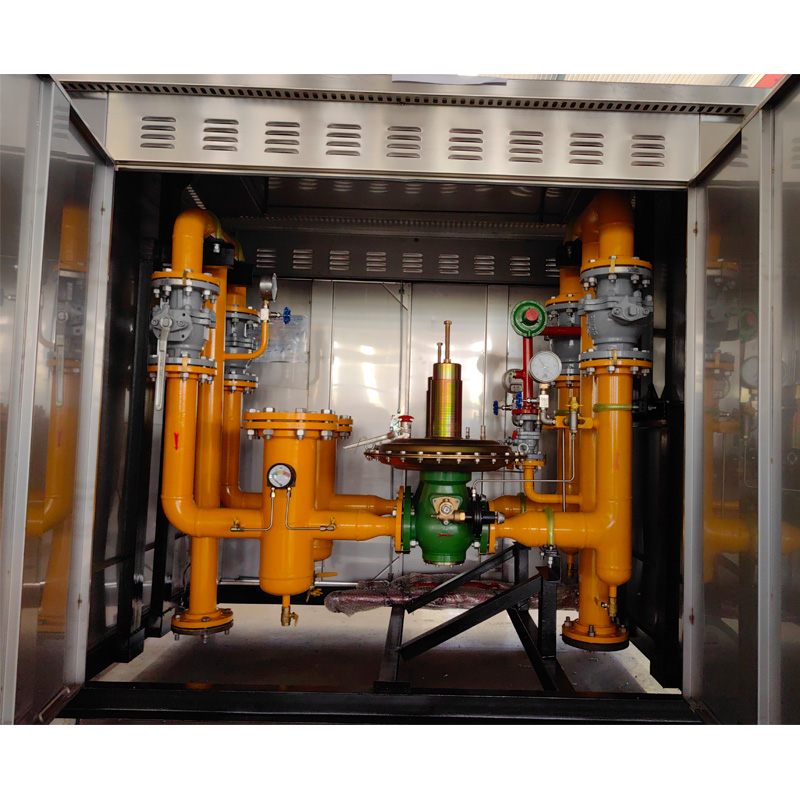
Dec . 12, 2024 10:36
Back to list
gas pressure reducer
Understanding Gas Pressure Regulators
Gas pressure regulators are essential components in a wide variety of industries, ensuring that gases are delivered at a safe and manageable pressure. These devices play a crucial role in applications ranging from household gas appliances to industrial systems, where precise pressure control is vital for efficiency and safety.
What is a Gas Pressure Regulator?
A gas pressure regulator is a mechanical device designed to reduce the high inlet pressure of gas to a lower, more usable outlet pressure. The regulation is necessary because gases are often stored under high pressure, and without proper control, they can pose hazards, including explosions and equipment damage. Regulators are used in many applications, including natural gas supply systems, welding operations, medical gas systems, and more.
How Do Gas Pressure Regulators Work?
The basic principle behind a gas pressure regulator involves balancing the force exerted by the internal pressure of the gas against a spring mechanism that controls the outlet pressure. When gas enters the regulator, it encounters a diaphragm that responds to changes in pressure. If the outlet pressure rises above the preset level, the diaphragm moves, effectively closing the gas flow until the pressure drops to a safe level. Conversely, if the pressure falls, the diaphragm opens, allowing more gas to flow in.
This feedback mechanism enables the regulator to maintain a steady outlet pressure, providing a consistent flow of gas. Regulators are often equipped with a pressure gauge, allowing users to monitor the outlet pressure easily.
Types of Gas Pressure Regulators
There are several types of gas pressure regulators, each suited for different applications
1. Single-Stage Regulators These regulators reduce the gas pressure in one step and are typically used for applications where precise pressure control is less critical. They are simple and economical, making them suitable for household appliances.
gas pressure reducer

2. Two-Stage Regulators As the name suggests, these regulators reduce gas pressure in two stages. They offer more accurate control and are commonly used in industrial settings where pressure fluctuations can significantly affect operations.
3. Back Pressure Regulators These regulators are designed to maintain a specific pressure downstream in a piping system, providing a safe and effective way to manage gas flow and pressure in complex networks.
4. Relief Regulators These types of regulators include a safety feature that allows excess pressure to escape, preventing potential overpressure situations. They are crucial in applications where safety is paramount.
Importance of Gas Pressure Regulators
The importance of gas pressure regulators cannot be overstated. They prevent dangerous situations by ensuring that gas delivery systems operate within safe pressure parameters, reducing the risk of leaks, explosions, or other hazardous incidents. In addition to safety, regulators contribute to the efficiency of gas utilization. By maintaining optimal pressure, they help achieve better combustion in appliances, resulting in lower energy costs and reduced emissions.
Application Areas
In residential settings, gas pressure regulators are commonly found in natural gas supply lines, providing gas to stoves, water heaters, and furnaces. In the industrial sector, they are vital in processes involving welding, cutting, and chemical production, where precise gas flow is critical for reaction efficacy and safety.
In medical applications, gas pressure regulators ensure that gases like oxygen are delivered at controlled pressures to patients, allowing for safe and effective treatments.
Conclusion
Gas pressure regulators are indispensable devices that ensure the safe and efficient operation of gas systems across various applications. Understanding their function, types, and significance is crucial for anyone involved in industries where gas use is common. By incorporating well-designed pressure regulators into gas systems, users can safeguard their operations, enhance efficiency, and promote overall safety. Whether it's in a home or an industrial environment, these regulators play a pivotal role in managing the characteristics of gases, making them a cornerstone of gas technology.
Next:
Latest news
-
Safety Valve Spring-Loaded Design Overpressure ProtectionNewsJul.25,2025
-
Precision Voltage Regulator AC5 Accuracy Grade PerformanceNewsJul.25,2025
-
Natural Gas Pressure Regulating Skid Industrial Pipeline ApplicationsNewsJul.25,2025
-
Natural Gas Filter Stainless Steel Mesh Element DesignNewsJul.25,2025
-
Gas Pressure Regulator Valve Direct-Acting Spring-Loaded DesignNewsJul.25,2025
-
Decompression Equipment Multi-Stage Heat Exchange System DesignNewsJul.25,2025

